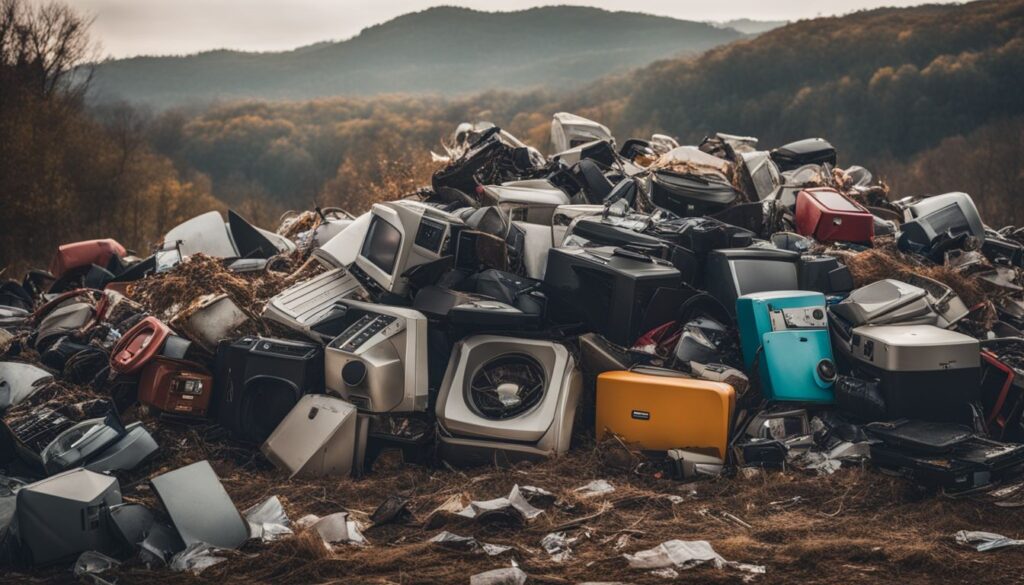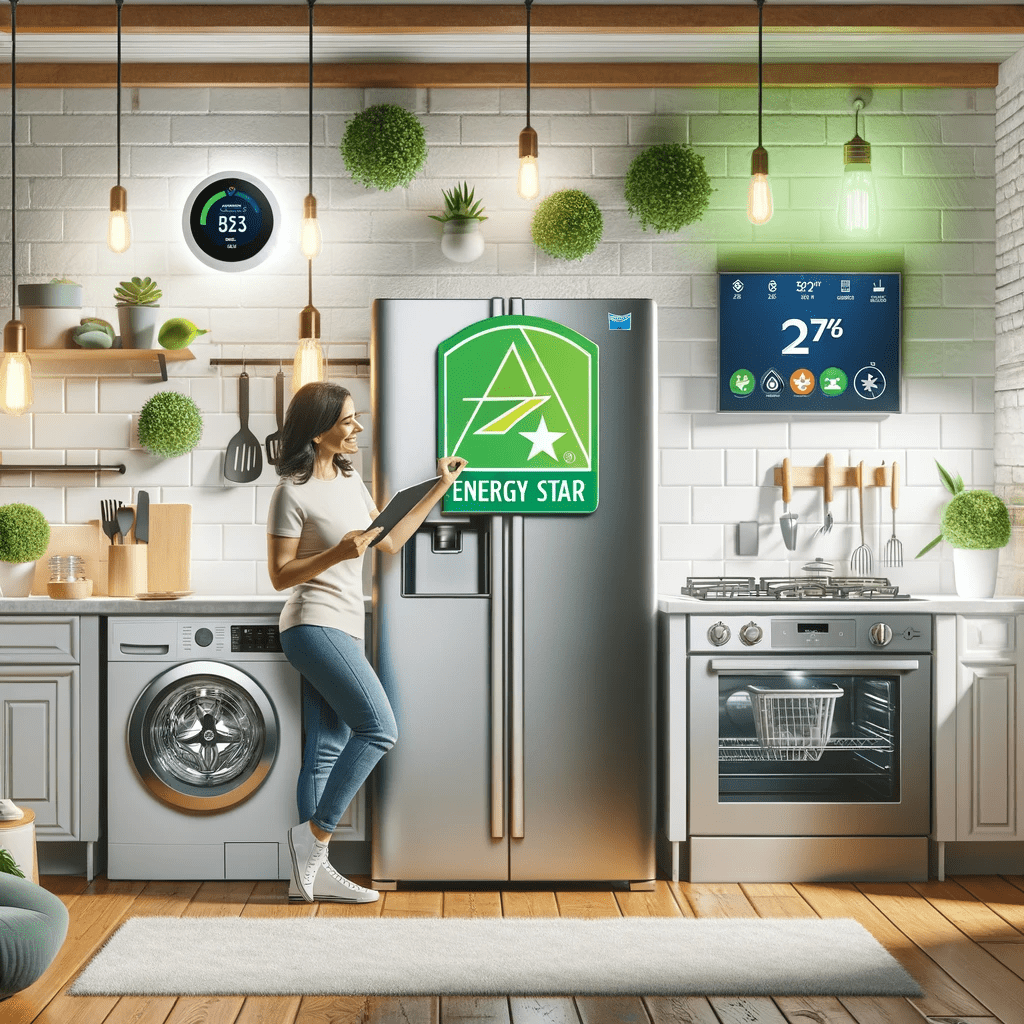In the Sunshine State, homeowners face a unique set of challenges when it comes to maintaining their appliances. With a warm climate, a fluctuating real estate market, and the potential for costly repairs, many Floridians find themselves at a crossroads regarding whether to repair or replace their household appliances. This article will delve into the reasons behind this dilemma, exploring the impact of Florida’s environment and economy on appliance care, as well as offering guidance on maintenance and safeguarding strategies for homeowners.
What are the Common Reasons Homeowners in Florida Avoid Appliance Repairs?
Understanding the Cost of Repairs vs. Replacement
One of the most common issues facing Florida homeowners is the decision to repair or replace malfunctioning appliances. Many homeowners may feel overwhelmed by the prospect of costly repairs, leading them to opt for replacement instead. This choice is often influenced by the age of the appliance and the potential issues that may arise from continued use. For instance, an older air conditioning system may require extensive repairs that could ultimately exceed the cost of a new unit. Understanding the financial implications of both options is crucial for homeowners who wish to make an informed decision.
The Impact of the Real Estate Market on Repair Decisions
The real estate market in Florida plays a significant role in how homeowners approach appliance maintenance. With property values fluctuating, many homeowners may prioritize investments that will enhance their home’s resale value rather than spending money on repairs. This trend can lead to a cycle where appliances are neglected, as owners hesitate to put money into a home they may soon sell. Additionally, potential buyers often look for homes that are move-in ready, which may encourage property owners to replace appliances rather than invest in repairs that may not yield a return.
How Does Florida’s Warm Climate Affect Appliance Maintenance?
The Importance of Regular Maintenance for HVAC Systems
In a state known for its heat and humidity, regular maintenance of HVAC systems is paramount. Florida homeowners must ensure that their air conditioning systems are functioning optimally to keep their homes cool and comfortable. Regular maintenance checks can help identify potential issues before they escalate, ultimately saving homeowners from costly repairs. A comprehensive guide on HVAC care can assist property owners in understanding the importance of routine service and cleaning to enhance air quality and efficiency.
How Air Conditioning Systems Can Fail in a Warm Climate
Air conditioning systems in Florida face unique challenges due to the warm climate. High temperatures and humidity levels can lead to increased wear and tear, causing systems to fail when they are needed the most. Many homeowners may not realize the importance of replacing filters regularly or checking for leaks in their HVAC systems. By neglecting these simple maintenance tasks, homeowners may inadvertently cause significant damage, resulting in costly repairs or even complete system replacement when failure occurs.
Understanding Utility Bills and Their Relation to Appliance Health
Utility bills in Florida can be substantial, particularly during the hot summer months. Homeowners should closely monitor their utility costs as they can serve as an indicator of appliance health. An unexpected spike in energy bills may suggest that an appliance is not operating efficiently. Understanding the relationship between appliance performance and utility costs can help homeowners make informed decisions about maintenance and repairs. Investing in regular upkeep can ultimately lead to lower utility bills, making it a worthwhile consideration for property owners.
What Are the Different Types of Appliances Floridians Should Consider?
Exploring the Different Types of Water Heaters
When it comes to home appliances, water heaters are among the most crucial systems to consider. Florida homeowners have various options, including traditional tank water heaters and more modern tankless models. Understanding how tankless water heaters work can help homeowners appreciate their benefits, such as energy efficiency and space savings. By exploring different types of water heaters, property owners can choose the right system that meets their specific needs while minimizing the risk of costly repairs.
What Homeowners Need to Know About Air Conditioners
Air conditioners are essential in maintaining comfort in Florida homes. With many homeowners living in Orlando and throughout the state, it is vital to understand the different types of air conditioners available. From central air systems to ductless mini-splits, each option has its own set of advantages and disadvantages. Homeowners should consider factors such as efficiency ratings and installation costs when choosing the right air conditioning system for their needs.
How Tankless Water Heaters Work and Their Benefits
Tankless water heaters work by heating water on demand, which can be an excellent option for homeowners looking to save space and reduce energy consumption. Unlike traditional water heaters that continuously heat a large tank of water, tankless systems only activate when hot water is needed. This can lead to lower utility bills and a reduced risk of leaks, making them a popular choice among Florida homeowners. Understanding the benefits of tankless water heaters can help homeowners make informed decisions about their appliance investments.
How Can Homeowners Safeguard Their Appliances?
The Role of Comprehensive Guides in Appliance Care
To safeguard their appliances, homeowners should utilize comprehensive guides that outline best practices for care and maintenance. These guides can provide valuable information on routine checks, troubleshooting common issues, and scheduling professional services when necessary. By following a well-structured maintenance schedule, property owners can prolong the lifespan of their appliances and avoid costly repairs down the line.
Tips for Keeping Your Home Safe from Water Damage
Water damage is a significant concern for homeowners in Florida, particularly given the state’s propensity for heavy rain and severe weather events. Homeowners should implement preventative measures, such as regularly inspecting plumbing systems for leaks and ensuring that appliances like dishwashers and washing machines are properly installed. Additionally, investing in sump pumps and water sensors can provide early warnings of potential issues, helping to safeguard appliances and the overall integrity of the home.
Finding the Right Insurance Coverage for Appliances
Insurance coverage is another essential aspect of safeguarding appliances in Florida homes. Homeowners should review their policies to ensure they have adequate coverage for appliance repair and replacement. Understanding the nuances of insurance premiums and what is covered can help homeowners make an informed decision about their financial protection. Additionally, some insurance companies offer specific appliance warranties that can further safeguard against unexpected repair costs.
What Should Homeowners Know About Maintenance in Florida?
Common Issues Faced by Homeowners in Central Florida
Central Florida homeowners often encounter common issues related to the warm climate, such as mold growth and humidity-related appliance malfunctions. Awareness of these potential problems can enable homeowners to take proactive steps in their maintenance routines. For instance, ensuring proper ventilation and regular cleaning of appliances can help mitigate the impact of humidity on their performance.
The Importance of Year-Round Maintenance
Year-round maintenance is crucial for homeowners in Florida, as it helps to anticipate and address issues before they escalate. By scheduling regular inspections and maintenance for appliances, homeowners can reduce the likelihood of unexpected breakdowns and costly repairs. Establishing a maintenance calendar that includes seasonal checks for HVAC systems and plumbing can ensure that all appliances are functioning optimally.
How Property Management Can Aid in Appliance Care
For homeowners who may feel overwhelmed by the responsibility of appliance maintenance, property management services can provide invaluable support. Professionals in property management can help coordinate regular maintenance, inspections, and repairs, ensuring that appliances are well cared for. This support can alleviate some of the burdens that come with homeownership and provide peace of mind, knowing that appliances are in good hands.
For your appliance repair and maintenance, contact us HERE

